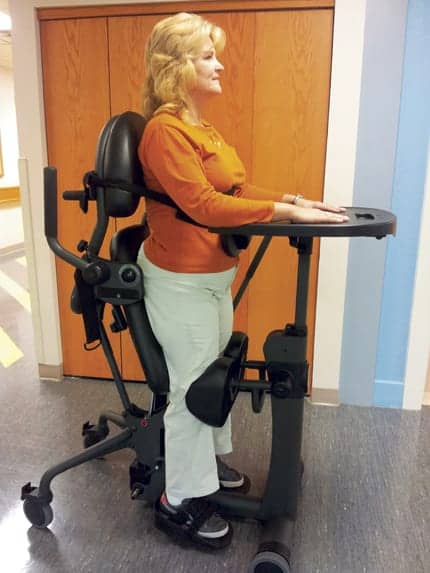
The results also suggest that suppressing an ALS-causing gene in oligodendrocytes of mice bred with the disease delayed the onset of ALS. Researchers add that the suppression also allowed for the prolonged survival of the mice by more than 3 months. The results indicate that oligodendrocytes play a highly significant role in the early stage of the disease, according to researchers.
The study, which appears in a paper published in 2010, reportedly describes an unexpected massive proliferation of oligodendrocyte progenitor cells in the spinal cord’s motor neurons, with these progenitors being mobilized to make new oligodendrocytes. Researchers say the cells were likely multiplying because of an injury to oligodendrocytes and used a genetic method to track the fate of oligodendrocytes. The results indicate that cells present in young mice with ALS were dying off at an increasing rate in correlation with advancing disease. The development of the newly formed oligodendrocytes was also stalled, barring them from providing motor neurons with a needed source of cell nutrients.
After using poison to kill motor neurons in the ALS mice, researchers say they observed no response from the progenitors, suggesting that it is the mutant ALS gene that is damaging oligodendrocytes directly, says Jeffrey D. Rothstein, MD, PhD, co-author, professor of neurology, Johns Hopkins, director of the Johns Hopkins Medicine Brain Science Institute.
The researchers report that in separate experiments, they found similar changes in samples of tissues from the brains of 35 patients who expired as a result of the disease. “If our research is confirmed, perhaps we can start looking at ALS patients in a different way, looking for damage to oligodendrocytes as a marker for disease progression. This could not only lead to new treatment targets but also help us to monitor whether the treatments we offer are actually working,” Rothstein says.
Source: Johns Hopkins Medicine





